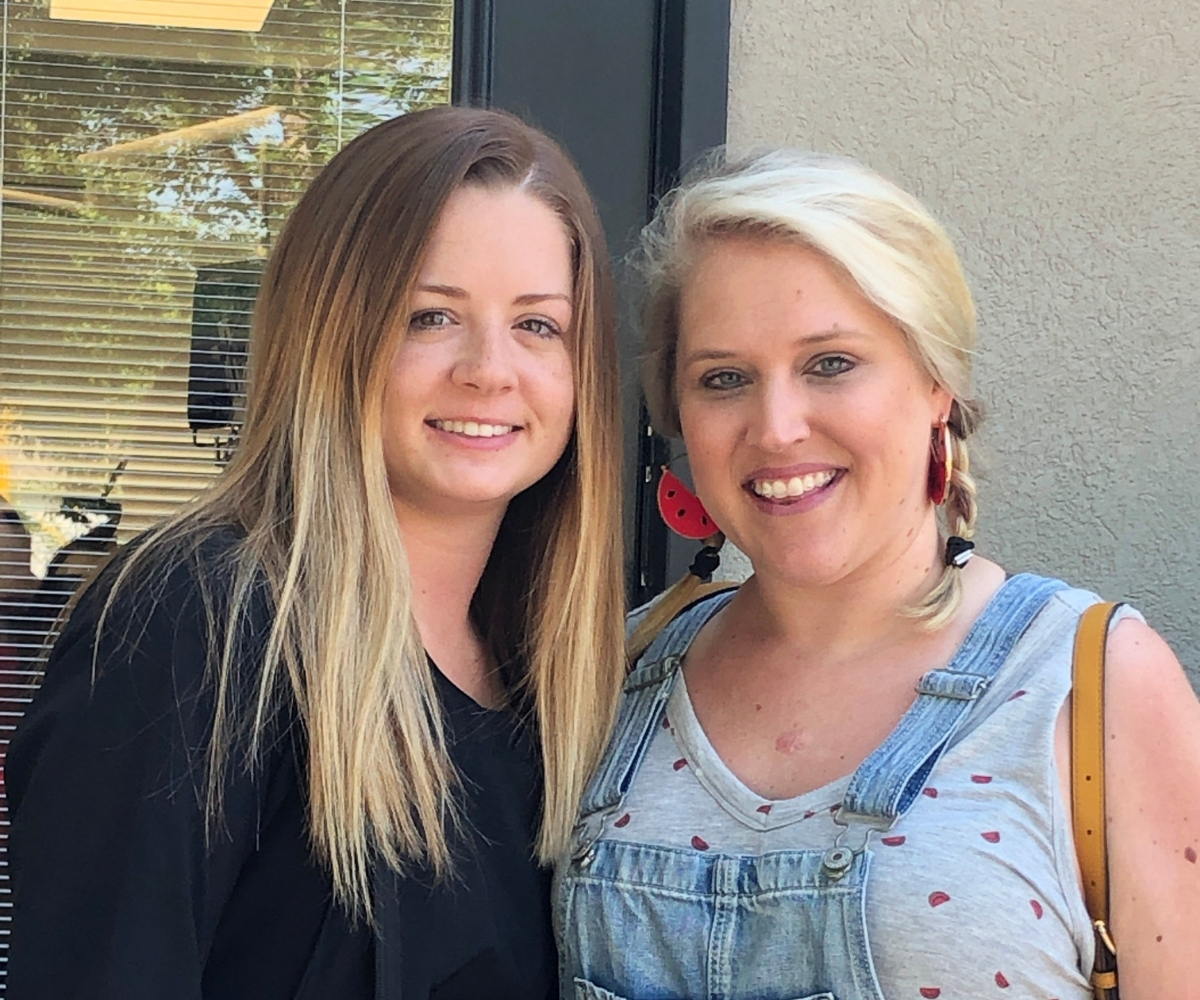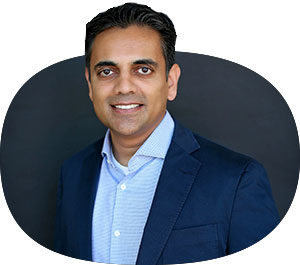
The decision to get braces isn’t always easy. Even though braces are incredibly common, they can still make wearers feel self-conscious about their appearance and interrupt their lives. It’s important to us at The Brace Place to provide our patients with options so they can make the best decision for their teeth and lifestyle. Fortunately, there’s an effective alternative to traditional braces, free from uncomfortable metal and wires.
Invisalign is an orthodontic treatment used to achieve the same results as braces — but instead of using fixed brackets and elastics, Invisalign uses removable plastic aligners to gradually straighten your teeth. As a provider of affordable braces in Tulsa and Claremore, Dr. Anand Patel at The Brace Place is also an expert in Invisalign. Curious if Invisalign is right for you? Here’s everything you need to know to make the choice between braces and Invisalign.
1. How does Invisalign work?
Invisalign is a totally customized treatment based on your specific needs. First, Dr. Patel will use 3D technology to plan the ideal movement of your teeth. Invisalign will use this information to create a series of aligners that you will wear throughout your treatment. Like braces, these aligners exert controlled force to shift your teeth into the desired position. The difference is that Invisalign can also control the timing of when that force is applied, which braces cannot do. You’ll switch to a new set of aligners every week. Each set is specifically designed to move certain teeth, as determined by Dr. Patel’s treatment plan, creating your new smile one step at a time.
2. Who should use Invisalign?
Invisalign is a popular choice for teens and adults who would prefer a more discreet orthodontic treatment than braces. No sharp metal or uncomfortable elastics needed — just flexible plastic aligners similar to teeth whitening trays. With Invisalign, you also have the ability to eat, drink, brush and floss normally because the aligners are removable. But if you think you’ll be tempted not to wear your aligners as recommended, braces might be a better choice for you or your child.
3. How long does Invisalign take?
The length of your Invisalign treatment depends on you — your unique set of teeth, the complexity of your case and how well you adhere to your treatment plan. Dr. Patel can give you a better idea of how long your treatment will take at your free Invisalign consultation.
4. How much does Invisalign cost?
The cost of your Invisalign treatment will depend on how complex your case is. Once you’ve had a free consultation with Dr. Patel, he’ll be able to tell you how much you should expect to spend. At The Brace Place, we believe everyone should have the ability to achieve a beautiful smile. We offer flexible payment options, such as monthly installments, low down payments and 0% interest, and we accept most insurance plans. Whatever your situation may be, we’ll work with you to create a treatment plan that fits your budget.
5. Can you see the aligners?
Invisalign aligners are designed to be as discreet as possible while having maximum effect to correct your smile. Made from a clear, FDA-approved plastic that is custom-fit to your teeth, Invisalign aligners are so close to invisible that they’re often called “contact lenses for teeth.”
6. How often do I have to wear my aligners?
For your treatment to work as planned, you should wear your Invisalign aligners for at least 22 hours per day. Aligners should only be removed to eat, drink, brush and floss.
7. How often do I need to see my orthodontist?
You should expect to visit your orthodontist every eight weeks throughout your treatment. These appointments are a chance for your orthodontist to check your progress and make sure your treatment is going as planned.
8. Is Invisalign actually effective?
Absolutely! Invisalign is clinically proven to straighten teeth. Just make sure to follow your orthodontist’s orders and wear your aligners for the recommended 22 hours a day.
9. Is there an age requirement for Invisalign?
Invisalign is designed to treat patients with fully erupted molars, but children and teens can still straighten their teeth without braces using Invisalign Teen. Designed for younger patients who may not have all their adult teeth yet, this treatment can accommodate developing teeth.
10. Does Invisalign hurt?
Invisalign should not be painful. However, when you move on to a new set of aligners, your teeth may be sensitive for a day or two. This just means your Invisalign treatment is working!
11. Are there any foods I shouldn’t eat with Invisalign?
This is one of the biggest differences between Invisalign and braces. With braces, your orthodontist will advise avoiding any sticky, crunchy, chewy or sugary foods, and basically anything you have to bite into. Since Invisalign aligners are removable, you don’t have to worry about food getting stuck. However, to avoid staining, you will need to brush your teeth after every meal before putting your aligners back in.
12. How do I clean my aligners?
To keep your aligners fresh and clean, simply brush with a toothbrush and toothpaste with lukewarm water. Avoid hot water, as it may distort the shape of the plastic.
13. Do I have to wear a retainer after I’ve finished treatment?
Yes, retainers are the only way to guarantee your new smile lasts a lifetime. If you don’t wear a retainer after Invisalign, your teeth will likely shift back to their old positioning over time. The good news is you eventually will only need to wear your retainer at night.


























